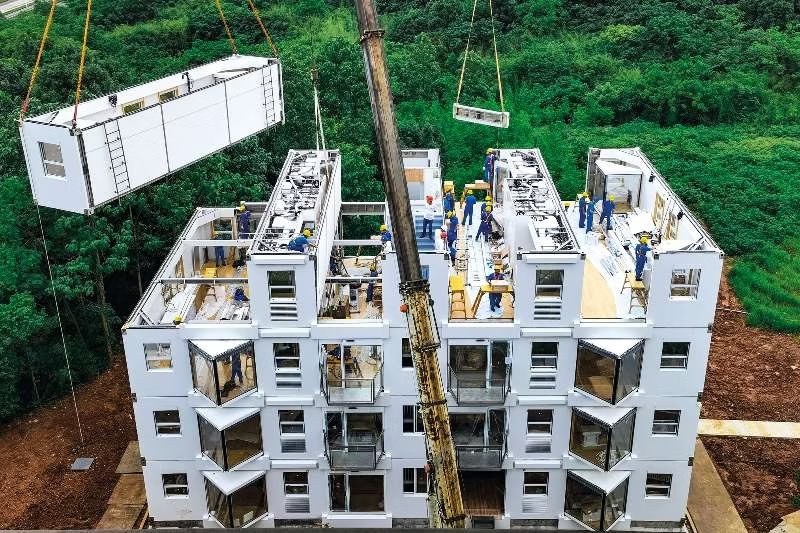The intersection of technological innovation and architectural necessity offers a potent remedy to Israel's contemporary construction challenges. With an acute shortage of construction workers exacerbated by ongoing conflict and looming economic pressures, the nation faces an urgent imperative to sustain its construction sector. This sector must grapple with high demands for residential units and commercial spaces, projected to surge in the anticipated post-war economic boom.

Leveraging Parametric Design
Parametric design-an algorithmic workflow allowing rules, relationships and parameters to drive geometry-has emerged as a viable accelerator. This method enhances design flexibility and precision while significantly reducing construction time and costs. By adopting parametric design principles, architects and builders can optimize material usage, enhance structural performance, rationalize façade systems, and adapt to varying environmental and urban constraints with fewer manual iterations.
However, a critical barrier remains: the shortage of architects skilled in producing 3D models at the correct LOD for efficient precast or modular execution. The lack of smart, parameter-driven models diminishes downstream automation potential in detailing, scheduling, and fabrication.
Bridging the Skills Gap
Architectural education must evolve to include rigorous training in platforms like Rhino + Grasshopper, Revit (Dynamo), and emerging open-source computational pipelines. A national upskilling initiative-combining academic curricula, professional bootcamps, and firm–technology partnerships-would rapidly expand the pool of model-intelligent practitioners.
Collaboration between universities, fabrication yards, software vendors, and design studios can shorten feedback loops: parametric prototypes become directly testable in production, reinforcing an R&D culture around constructible geometry and modular logistics.
Economic Implications & Opportunity
The construction sector's ability to adapt these methodologies will shape Israel's economic recovery arc. Parametric + modular approaches can compress design-to-site timelines, reduce waste, stabilize cost forecasting, and generate exportable digital IP (scripts, component libraries, optimization templates). These advantages position Israel not just as a consumer of building technology-but as an exporter of advanced construction intelligence.
A Vision for the Future
As Israel moves toward post-conflict reconstruction, embracing computational design is both pragmatic and strategic. It aligns scarce labor with higher-leverage tasks, embeds resilience and efficiency into the building process, and anchors a knowledge economy around built-environment innovation.
By fostering a culture of experimentation, investing in software fluency, and codifying best practices into reusable parametric toolkits, Israel can deliver faster, cheaper, higher-performing projects-while setting a regional benchmark for modern construction.
Bottom line: Parametric design is not an aesthetic luxury; it is infrastructure for a scalable, adaptive, and exportable construction ecosystem.
